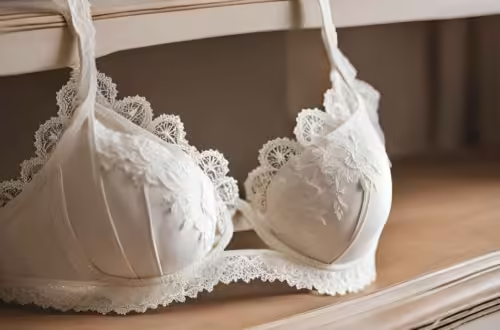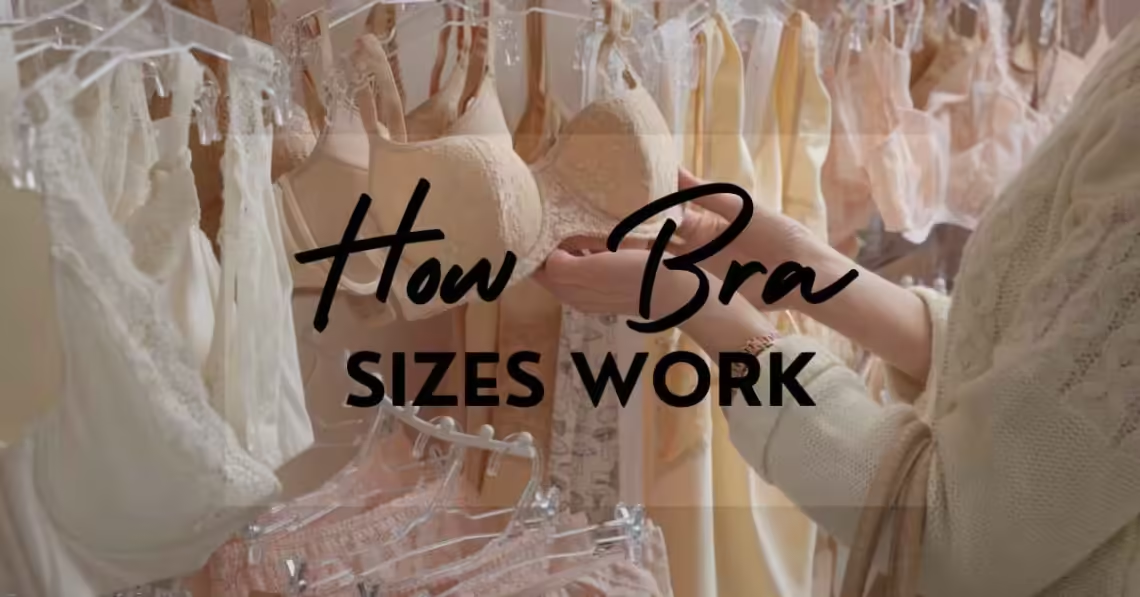
How Do Bra Sizes Work?
If you’ve ever stood in the lingerie section, staring at rows of bras and wondering what all those numbers and letters mean, you’re not alone. I’ve been there, too—feeling completely lost and more than a little frustrated. Bra sizes can seem like a mystery, but once you get the hang of how they work, it’s a total game-changer. So, if you’ve ever wondered, “How do bra sizes work?” you’re in the right place! Let’s break it down together.
How Bra Sizes Work ?
Bra sizes are determined by two key measurements: the band size and the cup size. The band size is the measurement around your ribcage, while the cup size is the difference between your bust size and your band size. For example, a 34B means the band size is 34 inches, and the cup size (B) indicates a 2-inch difference between the bust and band measurements.
It’s simpler than it seems, I promise.
The Number: Band Size
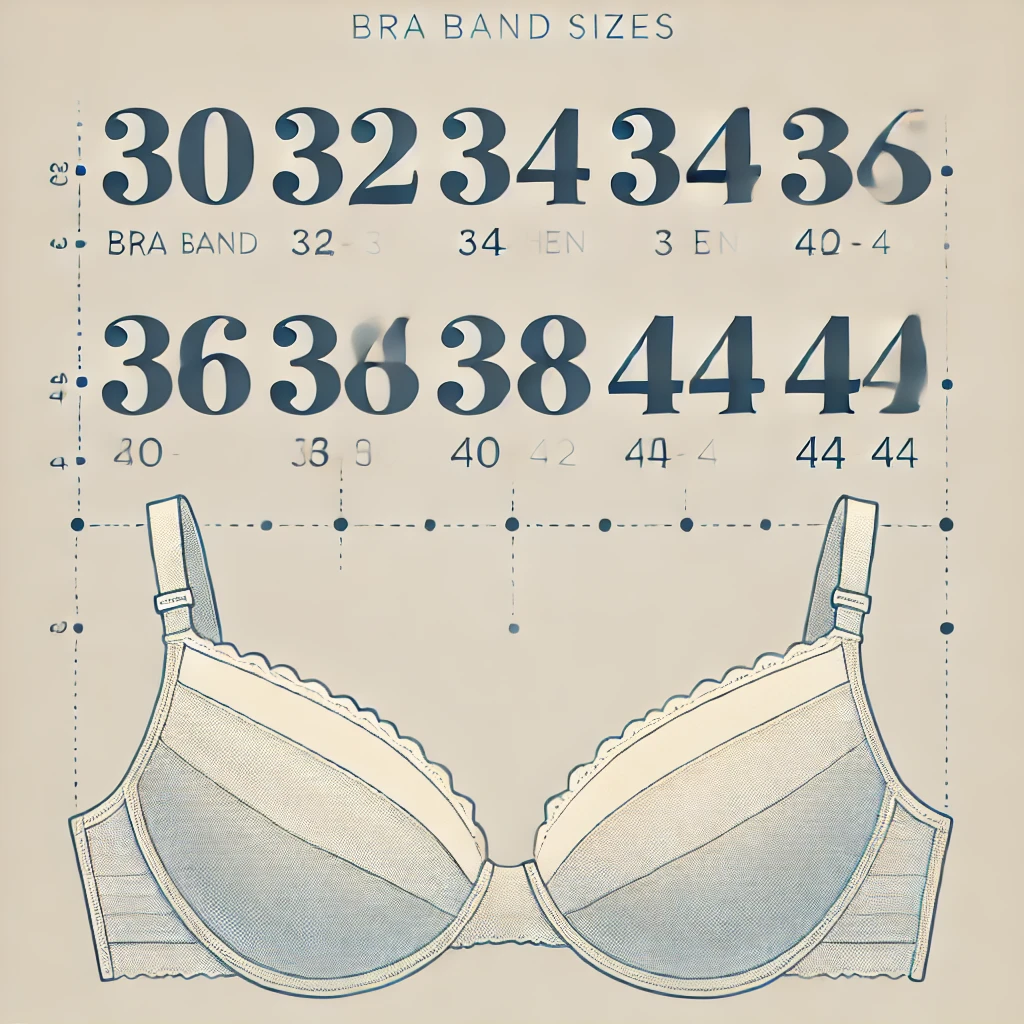
The number in your bra size (like the 34 in 34B) represents your band size. This is the measurement around your ribcage, right under your bust. To find your band size, you can use a flexible tape measure and wrap it snugly around your ribcage, just below your bust. Make sure it’s level all the way around. Whatever number you get in inches, that’s your band size. Easy, right?
Now, here’s where I had a bit of a lightbulb moment. I used to think if the bra felt tight, I needed to go up a band size. But it turns out that the band is actually supposed to be snug—it’s what gives you the majority of the support. So, if your band size is 34, that’s not something to mess with lightly!
The Letter: Cup Size
Next up is the letter, like the B in 34B. This is your cup size, and it’s all about how much volume your breasts have. Cup size is determined by the difference between your band size and the measurement around the fullest part of your bust.
Here’s a quick breakdown: if the difference between your band size and bust measurement is 1 inch, you’re an A cup. A 2-inch difference? That’s a B cup. And so on. Each inch represents a cup size—A, B, C, D, and so on. I remember the first time I measured myself, I was shocked to learn that my actual cup size was different from what I had been wearing for years. No wonder I was always so uncomfortable!
A Deeper Dive into Cup Sizes
Bras are sized using two main measurements: the band and the cup. The band, as we’ve discussed, is the number in your bra size. The cup size is the letter and represents the difference between the underbust measurement and the one around the fullest part of your bust. Essentially, it describes the volume of the bra cup.
Here’s a chart that visually represents how cup sizes correspond to the difference in measurements:
| Difference (in inches) | Cup Size |
| 0 | AA |
| 1 | A |
| 2 | B |
| 3 | C |
| 4 | D |
| 5 | DD |
| 6 | E |
| 7 | F |
| 8 | FF |
| 9 | G |
| 10 | GG |
It’s important to remember that this chart is only a very approximate starting point. Many other factors go into finding the perfect size bra for you, such as the shape of your breasts, the style of the bra, and personal preference.
Finding the Right Fit: It’s All About Comfort
Now that you know how bra sizes are determined, let’s talk about finding the right fit. This is where things can get a little tricky because not all bras are created equal. Just because you’re a 36C in one brand doesn’t mean you’ll be the same size in another. I learned this the hard way after buying a bunch of bras online that ended up being way too small or way too big. Total facepalm moment!
How Do I Find the Right Size Bra?
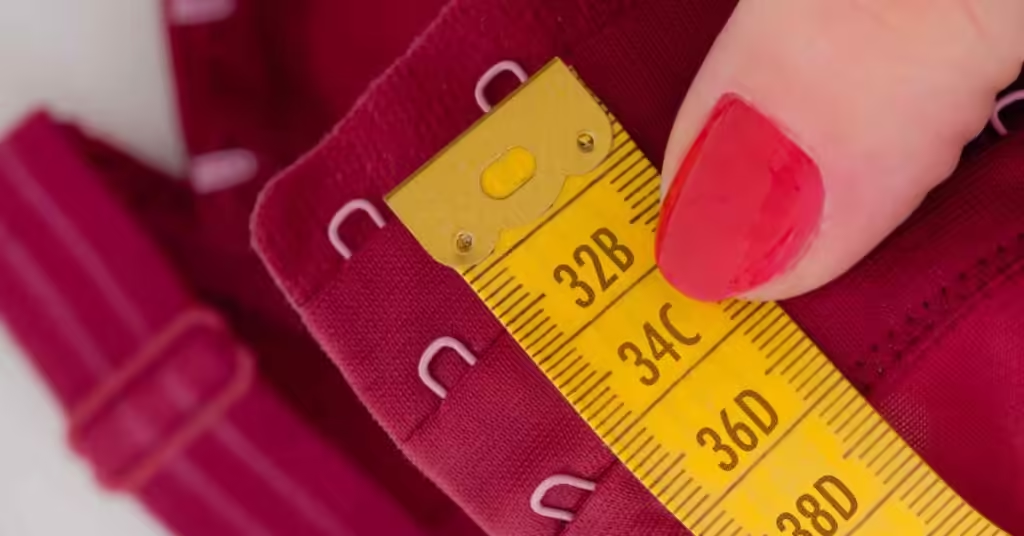
So, how do you make sure you’re getting the right size? Here are a few tips that have worked for me:
- Measure Your Band Size: Wrap a tape measure around your ribcage, just below your bust, to get your band size.
- Measure Your Bust: Measure around the fullest part of your bust.
- Calculate the Difference: Subtract your band size from your bust measurement to determine your cup size. Each inch difference equals one cup size (e.g., 1 inch = A cup, 2 inches = B cup, and so on).
- Try Before You Buy: Always try on bras to ensure a snug band, no spillage, and well-adjusted straps.
- Adjust for Brand Differences: Sizes can vary by brand, so adjust accordingly.
One thing I wish I’d known sooner is that your bra size can change over time. Weight fluctuations, pregnancy, and even changes in your exercise routine can affect your size. That’s why it’s a good idea to measure yourself every so often, just to make sure your bras are still fitting as they should. And if you’re curious about what the largest available bra sizes are, you can check out more information here.
The Double Letters: Not Just a Gimmick
Some cup sizes have double letters (like DD, FF, or GG) instead of just a single letter. These double letters are not half sizes but indicate larger volumes. For example, DD is the next size up from D. Double letters are common in UK sizing, which tends to have a set method for using them.
If you’re used to another country’s sizing system, comparing it with UK sizing can be helpful, especially since some brands might skip sizes like FF. Always check the size chart for the brand you’re buying from.
Band Sizes: Understanding the Methods
There are two systems for finding your band size:
- +0 Method: Commonly used by DD+ specialists. Here, the band size equals the ribcage measurement. For example, a 32-inch measurement translates to a 32 band size.
- +4 Method: Often used by brands making cup sizes A-D/DD. In this method, you add 4 inches to your ribcage measurement to find your band size. So, a 32-inch measurement would give you a 36 band size.
Here’s a visual comparison:
+0 Method
- Measurement: 32 inches
- Band Size: 32
+4 Method
- Measurement: 32 inches
- Band Size: 36
Sister Sizes: The Secret to a Better Fit
Sometimes, finding the perfect fit means going up or down a band size while adjusting the cup size accordingly. This concept is known as “sister sizes.” For instance, a 34C has the same cup volume as a 32D or a 36B. Knowing your sister sizes can be a game-changer, especially when shopping online or trying out different brands.
For example:
- A 32B has sister sizes 30C and 34A.
- If you increase the band size by 1 (32 → 34), you decrease the cup size by 1 letter (B → A).
- If you decrease the band size by 1 (32 → 30), you increase the cup size by 1 letter (B → C).
Why It’s Important to Wear the Right Size
So, why does all this matter? Well, wearing the wrong bra size isn’t just uncomfortable—it can actually lead to health issues like back pain, shoulder pain, and even skin irritation. I can’t tell you how many times I’ve heard women say they hate wearing bras, only to find out they’ve been wearing the wrong size all along. When you’re wearing the right size, a bra should feel supportive and comfortable, almost like you’re not wearing one at all.
Signs You’re Wearing the Wrong Size
Here are a few telltale signs that you might be in the wrong size:
- Band Riding Up: If the band is riding up your back, it’s probably too big.
- Straps Digging In: If your straps are leaving marks on your shoulders, they might be doing more work than they should be. Try tightening them or going down a band size.
- Cup Spillage: If your breasts are spilling over the top of the cup, it’s a sign you need a larger cup size.
- Gaps in the Cups: On the flip side, if there are gaps in the cups, you might need a smaller cup size.
How to measure your bra size at home ?
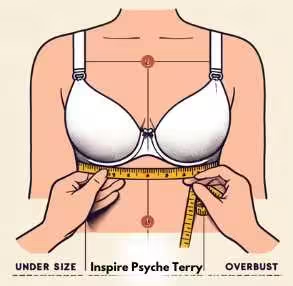
Measuring yourself at home is easy and only takes a few minutes. All you need is a soft tape measure and a mirror.
Step 1: Measure Your Band Size
- Stand in front of the mirror and wrap the tape measure around your ribcage, just under your bust.
- Make sure the tape measure is level all the way around and snug, but not too tight.
- Take note of the measurement in inches. This is your band size.
Step 2: Measure Your Bust Size
- Now, wrap the tape measure around the fullest part of your bust.
- Again, make sure the tape is level and not too tight.
- Subtract your band size from this measurement to find your cup size. For example, if your bust measures 37 inches and your band size is 34, the difference is 3 inches, which would make you a C cup.
If you’re still feeling unsure, there are plenty of online calculators that can help you find your size based on these measurements. And if you’re really stuck, most lingerie stores offer professional fittings. I once went for a fitting and it was like a whole new world opened up—I finally understood why none of my bras fit properly before!
Conclusion: Embrace the Perfect Fit
Understanding how bra sizes work is the first step toward finding a bra that actually fits and feels good. It might take a little trial and error, but once you find the right size, you’ll never go back to those uncomfortable days of wearing the wrong one. So, take the time to measure yourself, try on different styles, and don’t be afraid to ask for help if you need it. And remember, your comfort is the most important thing. After all, life’s too short to wear a bra that doesn’t fit!
If you’ve got any questions or tips on finding the perfect bra size, feel free to drop them in the comments below. Let’s help each other out!




